Painting is a fight and few artists demonstrate this more emphatically than the volatile and complicated post-war master, Joan Eardley. Scotland’s great English artist or England’s great Scottish artist, box her as you will, she’s revered north of the border, but often oddly dismissed south of it. The Scottish public have been enthralled by her work for decades, and spoiled in their access to it, with 60 or so pieces in the National Galleries of Scotland collection alone (the Tate has just one).
Already a subscriber? Log in
Subscribe for just $2 a week
Try a month of The Spectator Australia absolutely free and without commitment. Not only that but – if you choose to continue – you’ll pay just $2 a week for your first year.
- Unlimited access to spectator.com.au and app
- The weekly edition on the Spectator Australia app
- Spectator podcasts and newsletters
- Full access to spectator.co.uk
Unlock this article
Joan Eardley Centenary is at the Scottish Gallery, Edinburgh, from 30 July to 28 August. Joan Eardley at the Hunterian is at the Hunterian Art Gallery from 30 July to 31 October. Joan Eardley & Catterline is at the Scottish National Galleries of Modern Art from 29 July.
You might disagree with half of it, but you’ll enjoy reading all of it. Try your first month for free, then just $2 a week for the remainder of your first year.

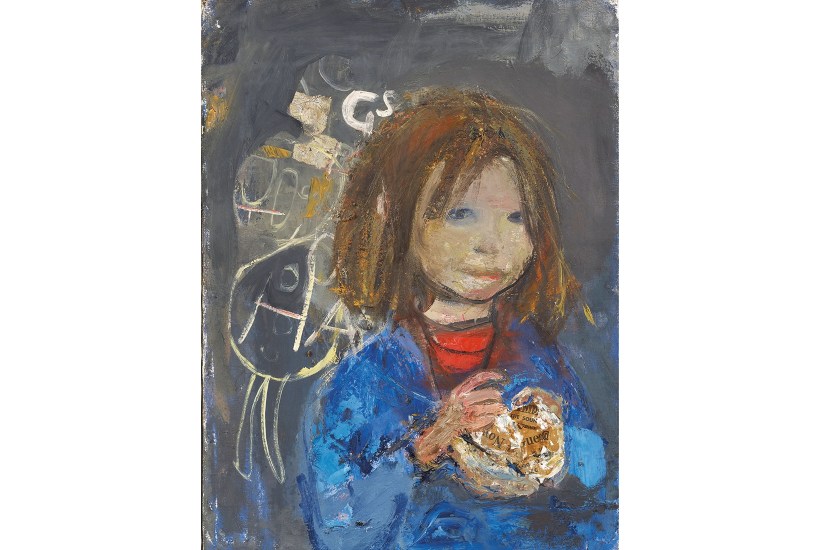
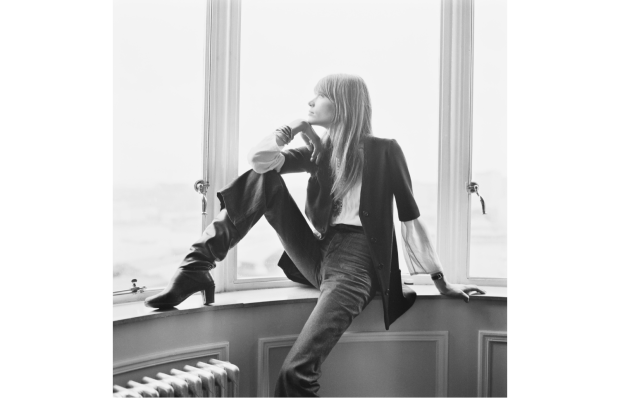
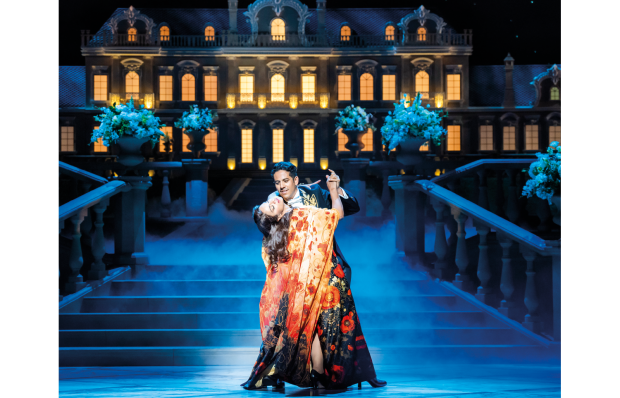
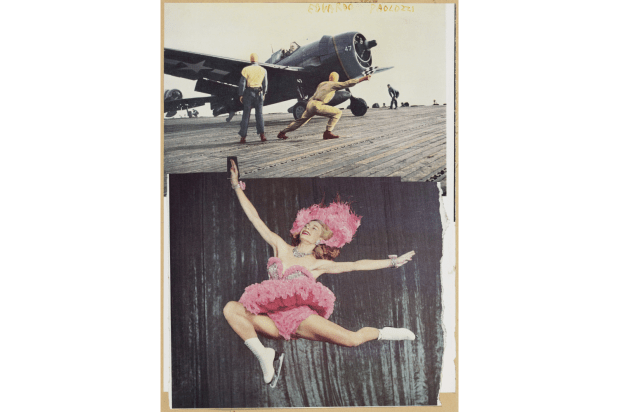
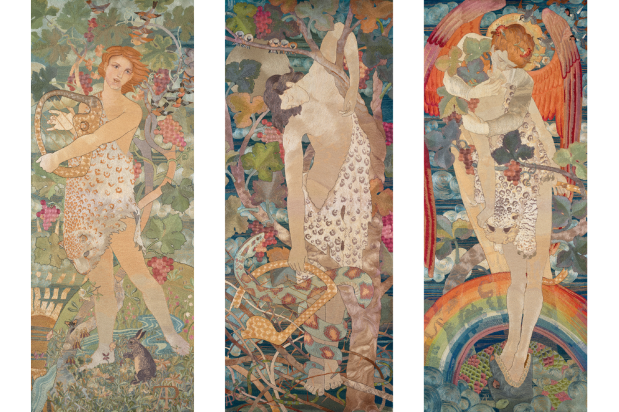
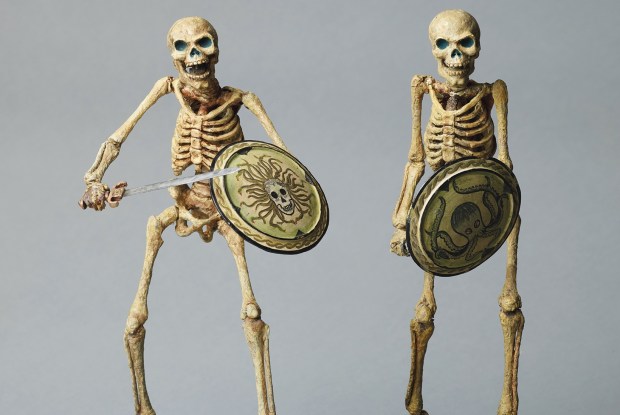
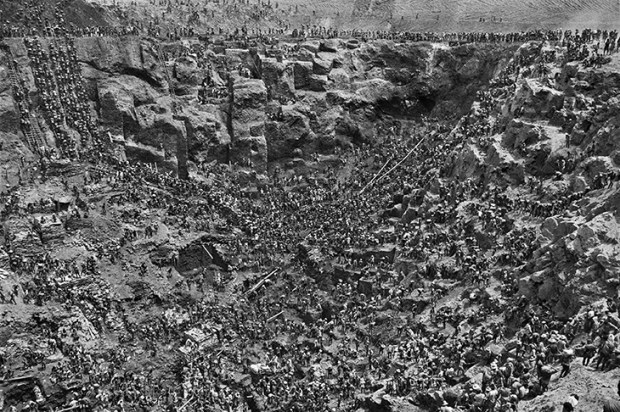






Comments
Don't miss out
Join the conversation with other Spectator Australia readers. Subscribe to leave a comment.
SUBSCRIBEAlready a subscriber? Log in